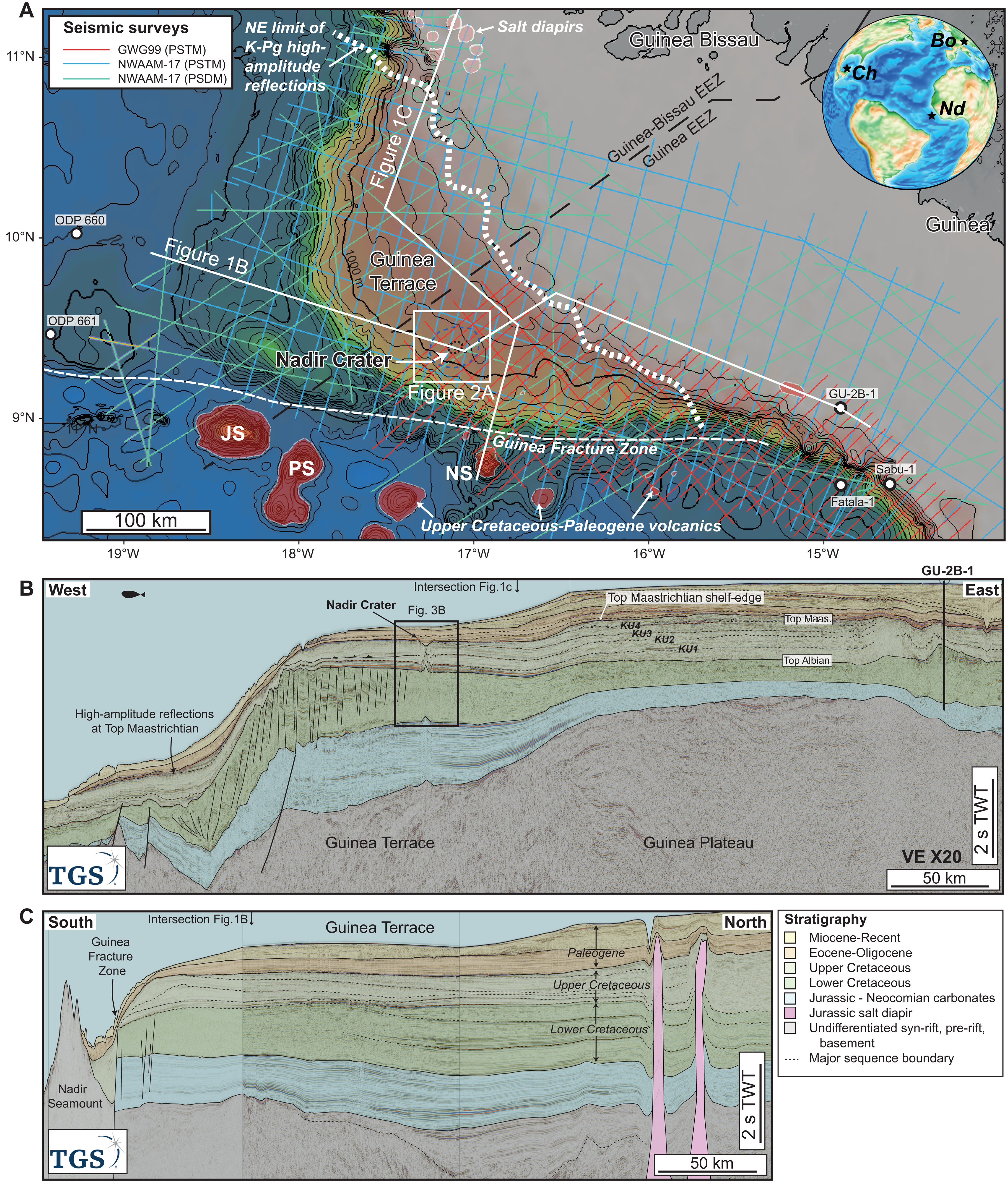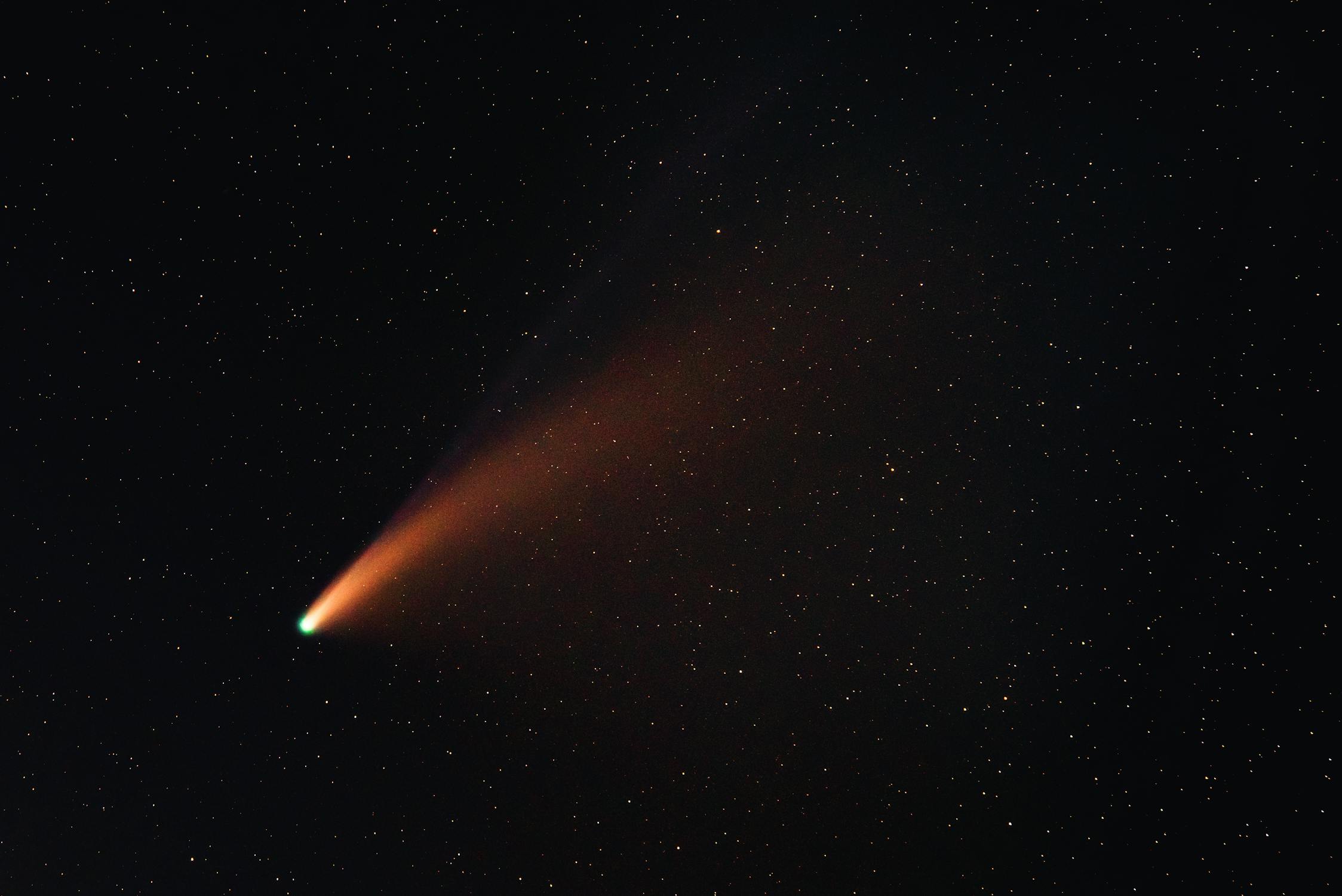The Solar System may look peaceful now, but it wasn’t always this way. Around 4.6 billion years ago, it was rife with moving material. The solar nebula that would eventually form our Sun and everything else in its vicinity would start to collapse in on itself due to its own collective gravity. Likewise, smaller clumps of material like dirt and gas would start sticking together. These would likely number in the millions; bigger clumps—now planetesimals—would attract even more clumps, growing bigger as a consequence. Of those bigger clumps, eight lucky ones would grow so large that they would be designated a name by creatures who would eventually evolve in the third one from the Sun: “planets.” Others would fail to gain its place revolving around the Sun, and would instead be captured by a nearby planet—these would be the moons revolving around planets, including our very own. Those that failed to clump together to a larger size would remain scattered throughout the Solar System, becoming what we know as meteorites and comets.
Now, for a planet or a moon to grow, it must obtain material. For instance, an unlucky planetesimal may get too close and be sucked in by a growing planet’s or moon’s gravity. Of course, the process is far from graceful; these planetesimals collide with the surface of the growing planetary body, heating the surface around it from the energetic impact. This would happen in the thousands, and would continue to happen for millions of years, until the growing planet or moon has cleared all debris within the reach of its gravitational field.
Our own moon would have likely experienced a similar phase of “bombardment” by early planetary fragments during its early life. While several theories abound as to how the Moon originally formed, astronomers believe that much like the rest of the planets and moons in the Solar System, our Moon too was bombarded by planetesimals. Given its very weak gravitational field, any gases that would have otherwise formed the Moon’s atmosphere have since escaped into space or have been stripped away by solar wind. This means that the Moon has little mechanisms available for erosion to modify its surface now, hence why so many craters are still visible on the Moon’s surface today.
Now, scientists used to think they had the Moon’s early formation phase realized enough; however, findings by a team of researchers led by Katarina Miljković from Curtin University reveal that Earth’s natural satellite may have been hit by much more during its early bombardment than previously thought. Their findings were published in the journal Nature Communications.

Miljković and team referred to findings from several tests and experiments, including impact crater dating, asteroid dynamics, and even lunar evolution modeling. To Miljković and the team, some of these impact craters may have been laid in place while the Moon’s surface was still “soft” and molten; this, they say, would have left enough time for the impact craters to disappear from the surface as it cooled, despite its eventual lack of an atmosphere later on. To them, the Moon may be lacking evidence left behind on its surface, hiding what could have been a more violent past for Earth’s companion than previously thought.
According to Miljković, “lunar craters may have looked significantly different if they occurred while the Moon was still cooling, following its formation.” She followed: “A very young Moon had formed with a global magma ocean that cooled over millions of years, to form the Moon we see today. […] These large impact craters—often referred to as impact basins, [and would have] formed during the lunar magma ocean solidification more than four billion years ago—should have produced different looking craters in comparison to those formed later in [its] geologic history.” Miljković considers the Moon’s current South Pole-Aitken basin as one example of these ancient impact basins.
“[When] asteroids and other bodies hit a softer surface, [they] wouldn’t have left such severe imprints—meaning there would be little geologic or geophysical evidence that impact had occurred.” This, according to Miljković and the team, would have corresponded with what could have been a prolonged solidification process of the lunar magma ocean after initial formation. Once its surface hardened, imprints left behind by later bombardments would end up being a lot more noticeable, they said.
“It remained imperative to understand the bombardment and the cratering record from the earliest epochs of Solar System history in order to complete the story of how planets formed and evolved,” Miljkovic said. “In this research, we set out to explain the discrepancy between theory and observations of the lunar [cratering] record.”
Miljković believes future research into this topic would reveal more insights on the early formation and evolution of our planet, as well as of our planetary neighbors within the Solar System.
(To find out more on how different the young Solar System was, check out our piece on how a young Mars might have been dotted by supervolcanoes—and what it means for what we know about Earth.)
References
- Miljković, K., Wieczorek, M. A., Laneuville, M., Nemchin, A., Bland, P. A., & Zuber, M. T. (2021). Large impact cratering during lunar magma ocean solidification. Nature Communications, 12(1), 5433. https://doi.org/10.1038/s41467-021-25818-7
- Our solar system. (n.d.). NASA Solar System Exploration. Retrieved October 7, 2021, from https://solarsystem.nasa.gov/solar-system/our-solar-system/in-depth
- Sci-News. (2021, September 14). Young Moon May Have Been Subjected to Heavier Bombardment than Previously Thought. Sci-News. http://www.sci-news.com/space/young-moon-bombardment-10065.html
- The moons formation and evolution. (n.d.). Lunar and Planetary Institute (LPI). Retrieved October 7, 2021, from http://www.lpi.usra.edu/education/explore/marvelMoon/background/moon-formation/











